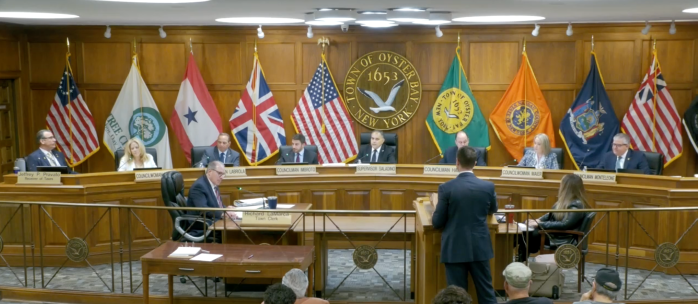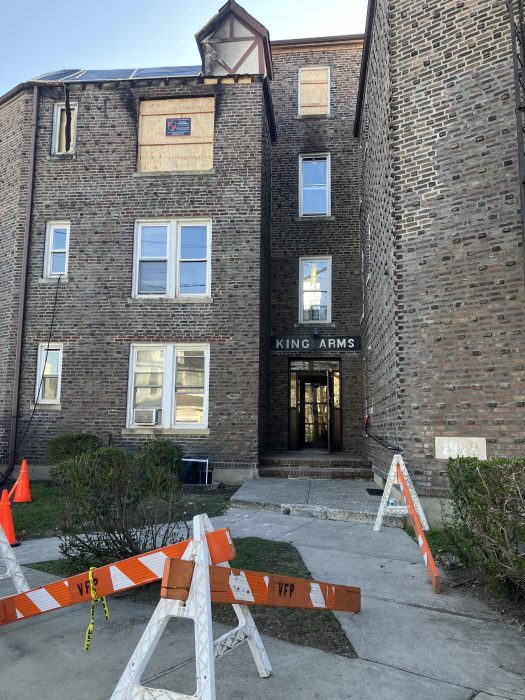As energy costs rise, homeowners are increasingly looking for ways to lower their utility bills and boost their home’s sustainability. Energy-efficient upgrades can help reduce energy consumption, enhance comfort and even increase the value of a property. Whether you’re tackling small fixes or more significant projects, there are several steps you can take to improve your home’s energy efficiency.
Install Energy-Efficient Windows
Energy-efficient windows are one of the most effective ways to reduce heating and cooling costs. Unlike standard windows, energy-efficient ones feature multiple panes, low-emissivity coatings and insulating gas between the panes, which help maintain a consistent temperature indoors. These windows minimize drafts, reduce reliance on artificial heating and cooling and ultimately lower energy consumption.
The investment in energy-efficient windows can pay off in the long term through reduced energy bills and increased comfort in your home. Homeowners can also see a return on their investment when it comes time to sell, as energy-efficient homes are highly desirable in today’s market.
Upgrade Insulation
Proper insulation is key to maintaining a comfortable indoor temperature without overworking your HVAC system. Insulation keeps your home cooler in summer and warmer in winter by reducing the need for heating and air conditioning. Common areas to insulate include the attic, walls, floors and basement.
Improving your home’s insulation can be a simple and cost-effective way to boost energy efficiency. Insulation materials like fiberglass, foam board and spray foam can be added to existing structures to fill air gaps. This reduces the amount of energy needed to maintain your home’s temperature, which not only saves on utility bills but also helps to reduce your carbon footprint.
Replace or Upgrade Appliances
Everyday appliances like refrigerators, washers, dryers and dishwashers can account for a significant portion of your home’s energy consumption. Replacing old, inefficient appliances with Energy Star-rated models can significantly reduce electricity use. Energy Star appliances use less energy while delivering the same performance, leading to lower energy bills over time.
An Energy Star-rated washing machine uses about 25 percent less energy and 33 percent less water than older models, while energy-efficient refrigerators use up to 40 percent less energy. If replacing appliances isn’t an option, consider upgrading to more efficient versions of your current models or adding energy-saving devices like a programmable thermostat to regulate your home’s heating and cooling system.
Seal Gaps and Leaks
Sealing gaps and leaks around windows, doors and other openings is one of the easiest and most affordable ways to improve energy efficiency. Small cracks can allow conditioned air to escape and let outside air enter, forcing your HVAC system to work harder.
Simple fixes, such as weatherstripping around doors, caulking around windows and sealing gaps in electrical outlets or pipes, can significantly reduce energy loss. Sealing leaks not only makes your home more energy-efficient but can also improve indoor air quality by preventing drafts and pollutants from entering.
Consider Solar Energy
Installing solar panels is an increasingly popular way to make a big impact on your home’s energy efficiency. Solar panels allow homeowners to generate their own electricity by harnessing the power of the sun. While the initial cost of installation can be high, solar panels are becoming more affordable and efficient, making them a viable option for many homeowners.
Over time, the savings on electricity bills can offset the cost of the panels. Some homeowners are able to eliminate their energy bills altogether. Solar energy is also renewable and environmentally friendly, making it a great choice for reducing both costs and carbon footprints.
Upgrade to a Smart Thermostat
A smart thermostat is another simple yet effective upgrade to enhance energy efficiency. These devices allow you to control your home’s temperature remotely via a smartphone, tablet or computer. Smart thermostats learn your schedule and adjust the temperature based on when you’re home or away, ensuring energy is only used when needed.
Many smart thermostats offer energy usage reports, giving homeowners insight into their consumption patterns. This can help make more informed decisions about energy usage, ultimately saving money.
Making your home more energy-efficient doesn’t have to be costly or complicated. Simple upgrades like installing energy-efficient windows, improving insulation, upgrading appliances, sealing gaps and considering solar energy can significantly reduce your energy consumption. These changes not only save money but also improve the comfort of your home and contribute to a more sustainable future. With energy-efficient improvements, homeowners can enjoy both immediate savings and long-term benefits.

































